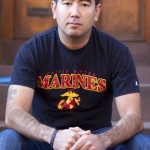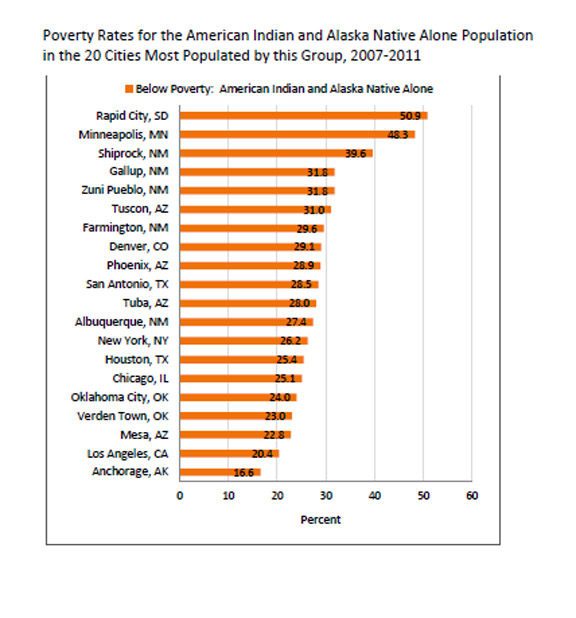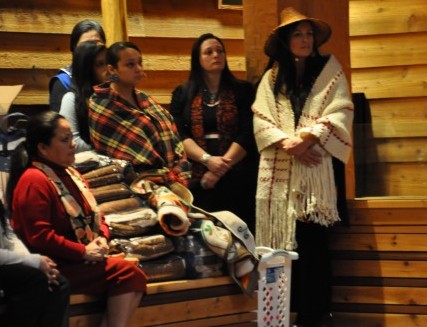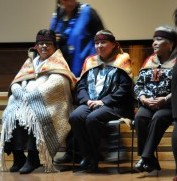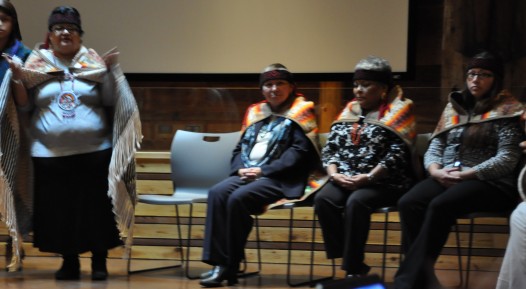By Stephanie Strom, The New York Times
The alarm in Europe over the discovery of horse meat in beef products escalated again Monday, when the Swedish furniture giant Ikea withdrew an estimated 1,670 pounds of meatballs from sale in 14 European countries.
Ikea acted after authorities in the Czech Republic detected horse meat in its meatballs. The company said it had made the decision even though its tests two weeks ago did not detect horse DNA.
Horse meat mixed with beef was first found last month in Ireland, then Britain, and has now expanded steadily across the Continent. The situation in Europe has created unease among American consumers over whether horse meat might also find its way into the food supply in the United States. Here are answers to commonly asked questions on the subject.
Has horse meat been found in any meatballs sold in Ikea stores in the United States?
Ikea says there is no horse meat in the meatballs it sells in the United States. The company issued a statement on Monday saying meatballs sold in its 38 stores in the United States were bought from an American supplier and contained beef and pork from animals raised in the United States and Canada.
“We do not tolerate any other ingredients than the ones stipulated in our recipes or specifications, secured through set standards, certifications and product analysis by accredited laboratories,” Ikea said in its statement.
Mona Liss, a spokeswoman for Ikea, said by e-mail that all of the businesses that supply meat to its meatball maker issue letters guaranteeing that they will not misbrand or adulterate their products. “Additionally, as an abundance of caution, we are in the process of DNA-testing our meatballs,” Ms. Liss wrote. “Results should be concluded in 30 days.”
Does the United States import any beef from countries where horse meat has been found?
No. According to the Department of Agriculture, the United States imports no beef from any of the European countries involved in the scandal. Brian K. Mabry, a spokesman for the department’s Food Safety and Inspection Service, said: “Following a decision by Congress in November 2011 to lift the ban on horse slaughter, two establishments, one located in New Mexico and one in Missouri, have applied for a grant of inspection exclusively for equine slaughter. The Food Safety and Inspection Service (F.S.I.S.) is currently reviewing those applications.”
Has horse meat been found in ground meat products sold in the United States?
No. Meat products sold in the United States must pass Department of Agriculture inspections, whether produced domestically or imported. No government financing has been available for inspection of horse meat for human consumption in the United States since 2005, when the Humane Society of the United States got a rider forbidding financing for inspection of horse meat inserted in the annual appropriations bill for the Agriculture Department. Without inspection, such plants may not operate legally.
The rider was attached to every subsequent agriculture appropriations bill until 2011, when it was left out of an omnibus spending bill signed by President Obama on Nov. 18. The U.S.D.A. has not committed any money for the inspection of horse meat.
“We’re real close to getting some processing plants up and running, but there are no inspectors because the U.S.D.A. is working on protocols,” said Dave Duquette, a horse trader in Oregon and president of United Horsemen, a small group that works to retrain and rehabilitate unwanted horses and advocates the slaughter of horses for meat. “We believe very strongly that the U.S.D.A. is going to bring inspectors online directly.”
Are horses slaughtered for meat for human consumption in the United States?
Not currently, although live horses from the United States are exported to slaughterhouses in Canada and Mexico. The lack of inspection effectively ended the slaughter of horse meat for human consumption in the United States; 2007 was the last year horses were slaughtered in the United States. At the time financing of inspections was banned, a Belgian company operated three horse meat processing plants — in Fort Worth and Kaufman, Tex., and DeKalb, Ill. — but exported the meat it produced in them.
Since 2011, efforts have been made to re-establish the processing of horse meat for human consumption in the United States. A small plant in Roswell, N.M., which used to process beef cattle into meat has been retooled to slaughter 20 to 25 horses a day. But legal challenges have prevented it from opening, Mr. Duquette said. Gov. Susana Martinez of New Mexico opposes opening the plant and has asked the U.S.D.A. to block it.
Last month, the two houses of the Oklahoma Legislature passed separate bills to override a law against the slaughter of horses for meat but kept the law’s ban on consumption of such meat by state residents. California, Illinois, New Jersey, Tennessee and Texas prohibit horse slaughter for human consumption.
Is there a market for horse meat in the United States?
Mr. Duquette said horse meat was popular among several growing demographic groups in the United States, including Tongans, Mongolians and various Hispanic populations. He said he knew of at least 10 restaurants that wanted to buy horse meat. “People are very polarized on this issue,” he said. Wayne Pacelle, chief executive of the Humane Society of the United States, disagreed, saying demand in the United States was limited. Italy is the largest consumer of horse meat, he said, followed by France and Belgium.
Is horse meat safe to eat?
That is a matter of much debate between proponents and opponents of horse meat consumption. Mr. Duquette said that horse meat, some derived from American animals processed abroad, was eaten widely around the world without health problems. “It’s high in protein, low in fat and has a whole lot of omega 3s,” he said.
The Humane Society says that because horse meat is not consumed in the United States, the animals’ flesh is likely to contain residues of many drugs that are unsafe for humans to eat. The organization’s list of drugs given to horses runs to 29 pages.
“We’ve been warning the Europeans about this for years,” Mr. Pacelle said. “You have all these food safety standards in Europe — they do not import chicken carcasses from the U.S. because they are bathed in chlorine, and won’t take pork because of the use of ractopamine in our industry — but you’ve thrown out the book when it comes to importing horse meat from North America.”
The society has filed petitions with the Department of Agriculture and Food and Drug Administration, arguing that they should test horse meat before allowing it to be marketed in the United States for humans to eat.
This article has been revised to reflect the following correction:
Correction: February 25, 2013
An earlier version of this article misstated how many pounds of meatballs Ikea was withdrawing from sale in 14 European countries. It is 1,670 pounds, not 1.67 billion pounds.
This article has been revised to reflect the following correction:
Correction: February 25, 2013
An earlier version of this article misstated the last year that horses were slaughtered in the United States. It is 2007, not 2006.

